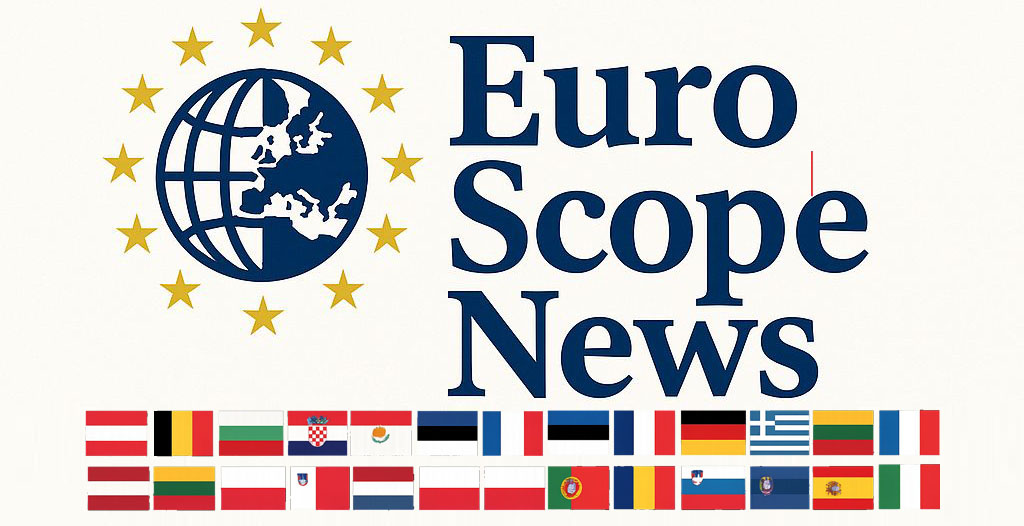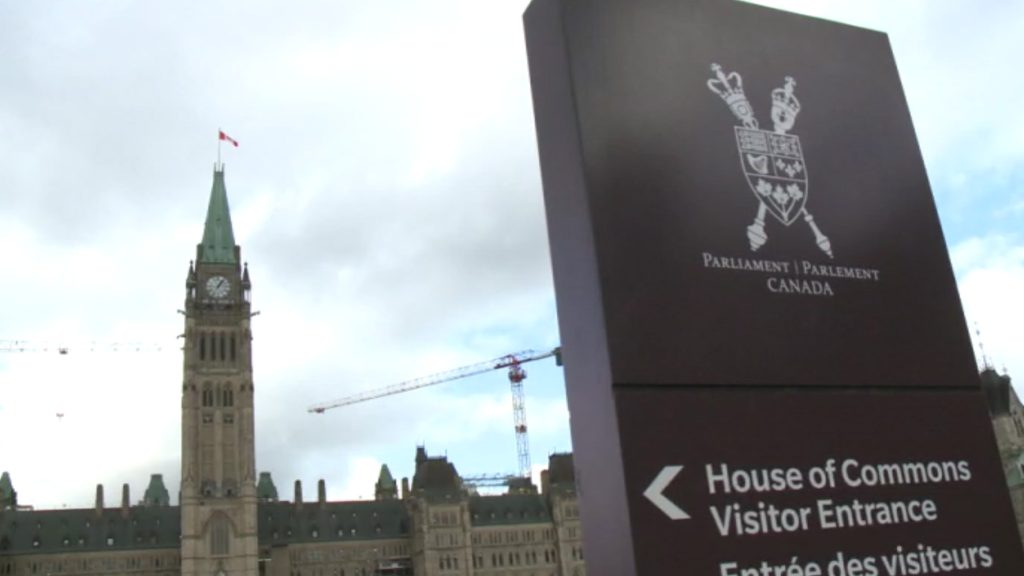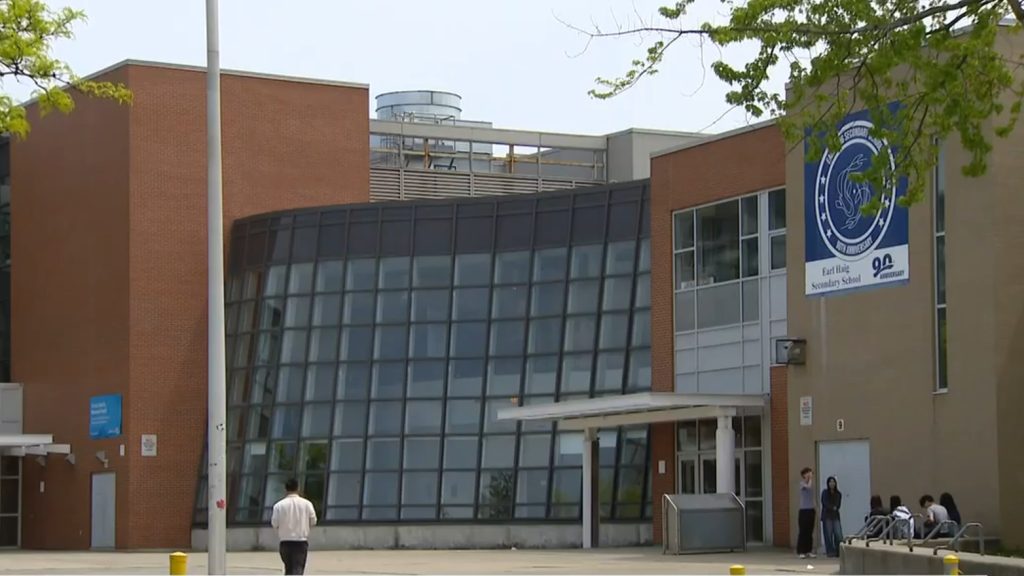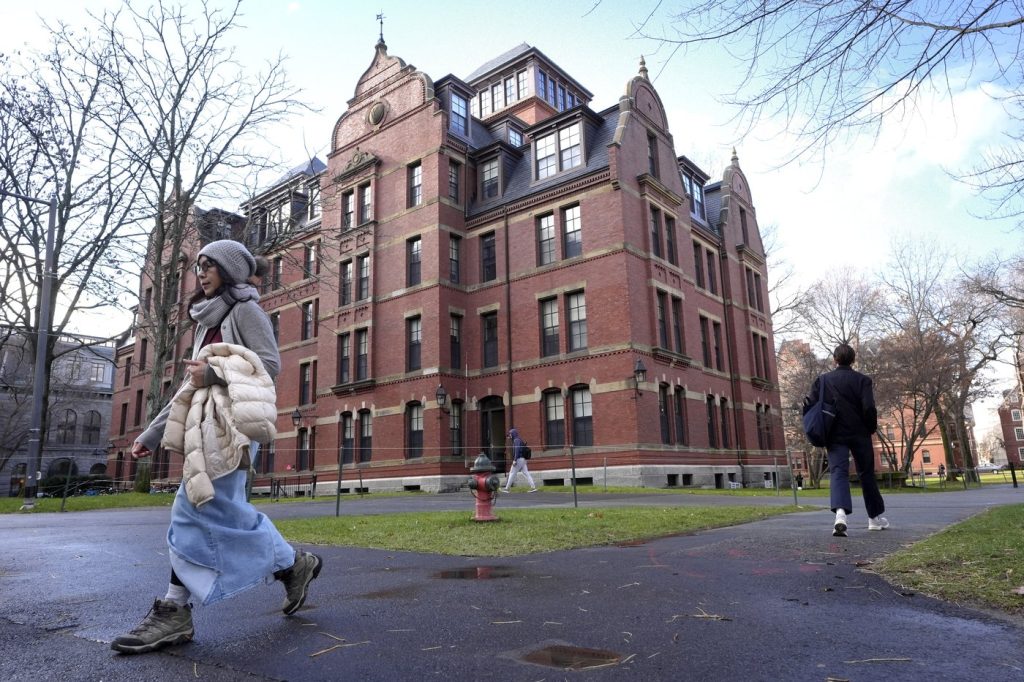On August 24, 1991, amid the turbulence experienced within the collapsing Soviet Union, the Ukrainian Parliament, known as the Verkhovna Rada, took a critical step towards national sovereignty by voting to adopt a Declaration of Independence. This momentous decision came in the wake of a failed coup attempt by hardline Communist leaders aimed at reestablishing control over the turbulent state. The declaration marked a pivotal point not just for Ukraine, but also for the broader political landscape of Eastern Europe.
The backdrop to Ukraine's declaration was a period of significant upheaval. In the late 1980s, the Soviet Union was undergoing immense changes, including the rise of reformist policies under Mikhail Gorbachev, which accelerated demands for greater autonomy and independence among the various Soviet republics. By 1991, the fragility of the Soviet dominance was apparent, and public sentiment in Ukraine had increasingly shifted towards the idea of independence.
On that historic day in Kyiv, the capital of Ukraine, the Verkhovna Rada gathered to discuss the country's future. Following heated debates and discussions among its members, they ultimately reached a consensus. On that fateful afternoon, a vote was taken, resulting in overwhelming support for the independence declaration. The exact figures showed that 346 members voted in favor of the Declaration, signaling that a significant majority felt the urgency of asserting Ukraine's autonomy.
The declaration did not only signify the lawmakers' aspirations for independence; it was a reflection of the wider public sentiment within the country. On the same day, public rallies and demonstrations erupted throughout Ukraine, with citizens celebrating the momentous occasion. The joy and relief among the population was palpable, as many had long yearned for the opportunity to define their own national identity free from Soviet control.
Following the declaration, the government swiftly moved to establish a framework for a new independent state. The politicians recognized that it was critical to organize a nationwide referendum to validate the aspirations of the Ukrainian people. Subsequently, a referendum was held on December 1, 1991, where an astounding 90.3% of voters supported independence, further solidifying the country's separation from the Soviet Union.
The international response to Ukraine's declaration was one of cautious optimism. While some nations expressed support for Ukraine's move towards independence, others were still wary of the rapidly changing dynamics in Eastern Europe. However, recognition began to pour in from around the globe, signaling a shift in diplomatic relations and paving the way for Ukraine to emerge on the world stage as an independent nation.
As events progressed, the dissolution of the Soviet Union was formally completed in December 1991, marking the end of more than seventy years of Soviet rule in various republics, including Ukraine. Ukraine's independence was thus not just a nationalistic aspiration; it was emblematic of a broader wave of freedom sweeping across Eastern Europe. Countries that had been under Soviet influence began to assert their identities and forge their own paths in a post-Soviet world.
Today, Ukraine's declaration of independence is celebrated annually as Independence Day, a symbol of national pride and resilience. The events of August 24, 1991, resonate deeply with the Ukrainian identity, reflecting the triumph of democracy and self-determination in the face of adversity. The struggle for independence has continued to shape Ukraine's journey, remaining a fundamental aspect of its political and cultural identity in the years that followed.












